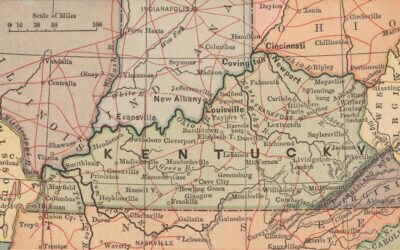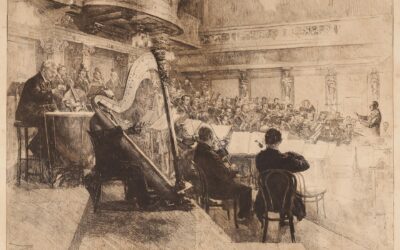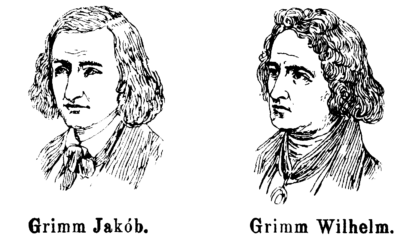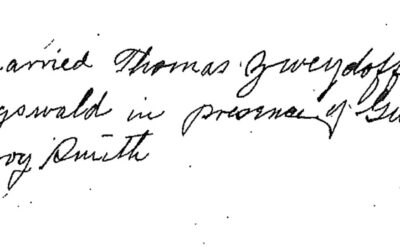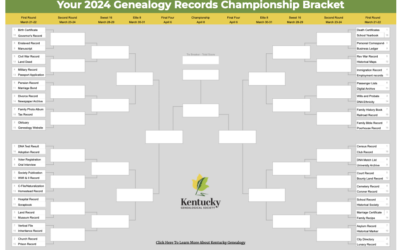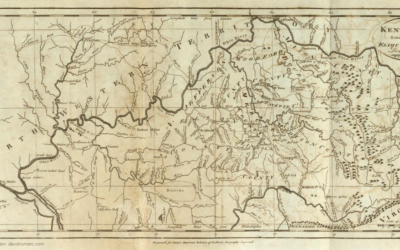Join Our Spring Genetic Book Club
Join our Genetic Genealogy Book Club this spring. Enjoy lively discussions and connect with fellow genealogists.
Genetic Genealogy Winter Book Club
It’s the perfect season to cozy up with a great book! If you enjoy stories about how genetic genealogy is used to solve crimes, we’d love for you to join our Winter Book Club.
The Conductor of Family History: Lessons from the Vienna Philharmonic’s New Year’s Concert
Just as the Vienna Philharmonic’s New Year’s Day Concert delights millions with its grand musical traditions, so does my family history journey when I see all the pieces fall into place. Watching my research evolve from fragments of information into a comprehensive legacy is akin to that soaring final movement of a symphony—elevating, awe-inspiring, and deeply rewarding.
Gathering Family Tales: How to Collect Stories Like the Brothers Grimm
The Brothers Grimm—Jacob and Wilhelm—are celebrated for preserving German folklore and bringing stories like Cinderella and Hansel and Gretel into the cultural consciousness. Born in 18th-century Germany, the brothers faced early hardships but developed a passion for linguistics and folklore, traveling the countryside to gather oral tales that might otherwise have been lost. Their work, culminating in Grimm’s Fairy Tales (1812), aimed to capture the essence of German cultural heritage.
Heirlooms with Heart: The Power of Klediments
In my family, one grandmother was a landscape artist, one grandmother was a card player, one grandfather was a storyteller, and one grandfather was a furniture maker. So aesthetics, storytelling, and chance are core values that run in my family—values I hold close to my heart. The klediments I treasure reflect these values and keep my ancestors’ lives vividly present.
The Dynamic Duo: Passive and Active Research Techniques in Genealogy
Genealogical research has been a complex and rewarding journey for me, requiring a combination of passive and active research techniques. While passive methods such as online databases and family trees provide valuable information, active techniques like visiting archives and interviewing relatives offer a more hands-on approach to uncovering my family history. In this blog post, I’ll explore the importance of both passive and active research in genealogy and how they work together to create a comprehensive picture of my lineage.
Eight Key Types of Evidence in Genealogical Research
When conducting my genealogical research, understanding the different types of evidence is crucial for piecing together my family history accurately. Each type of evidence has a unique role in verifying, corroborating, or challenging the information I find. Here is a breakdown of the main types of evidence I use in genealogy…
Discovering the FamilySearch.org Full Text Search Tool
Guess what happened when I recently dropped into a Society Front Porch Talk—Kentucky Ancestors Pre-1850? I discovered one of the newest and coolest research tools from FamilySearch.org. In February, several of the participants had attended RootsTech where it was introduced and were excited to talk about it. And I soon learned why.
March Madness 2024: Expand Your Genealogical Game Beyond BMD!
Get in the Game: Score Big with Genealogical Research Madness! Just like in March Madness, expanding your playbook beyond the basics of births, marriages, and deaths is key to crafting a winning family history strategy. While these events provide a solid foundation,...
Becoming a Genealogist & Family Historian: A Free Five Part Class
The Society is please to offer as a public service the Free Five-Part Class: Becoming a Genealogist & Family Historian with Susan J. Court. This Free Five-Part series covers the steps to becoming a genealogist from examining the objectives and understanding the...
Genealogy at the National Archives: Some Basic Advice for Beginners
Discover genealogy research tips and guidelines for visiting the National Archives in Washington, DC. Make the most of your trip to this vital resource.
Five Easy Steps for Scrapbook Preservation from the Archive Lady
Preserve your family’s cherished scrapbooks with ease! Join the Archive Lady as she shares five simple steps for scrapbook preservation. Unlock the hidden treasures of your ancestors in these captivating time capsules.


